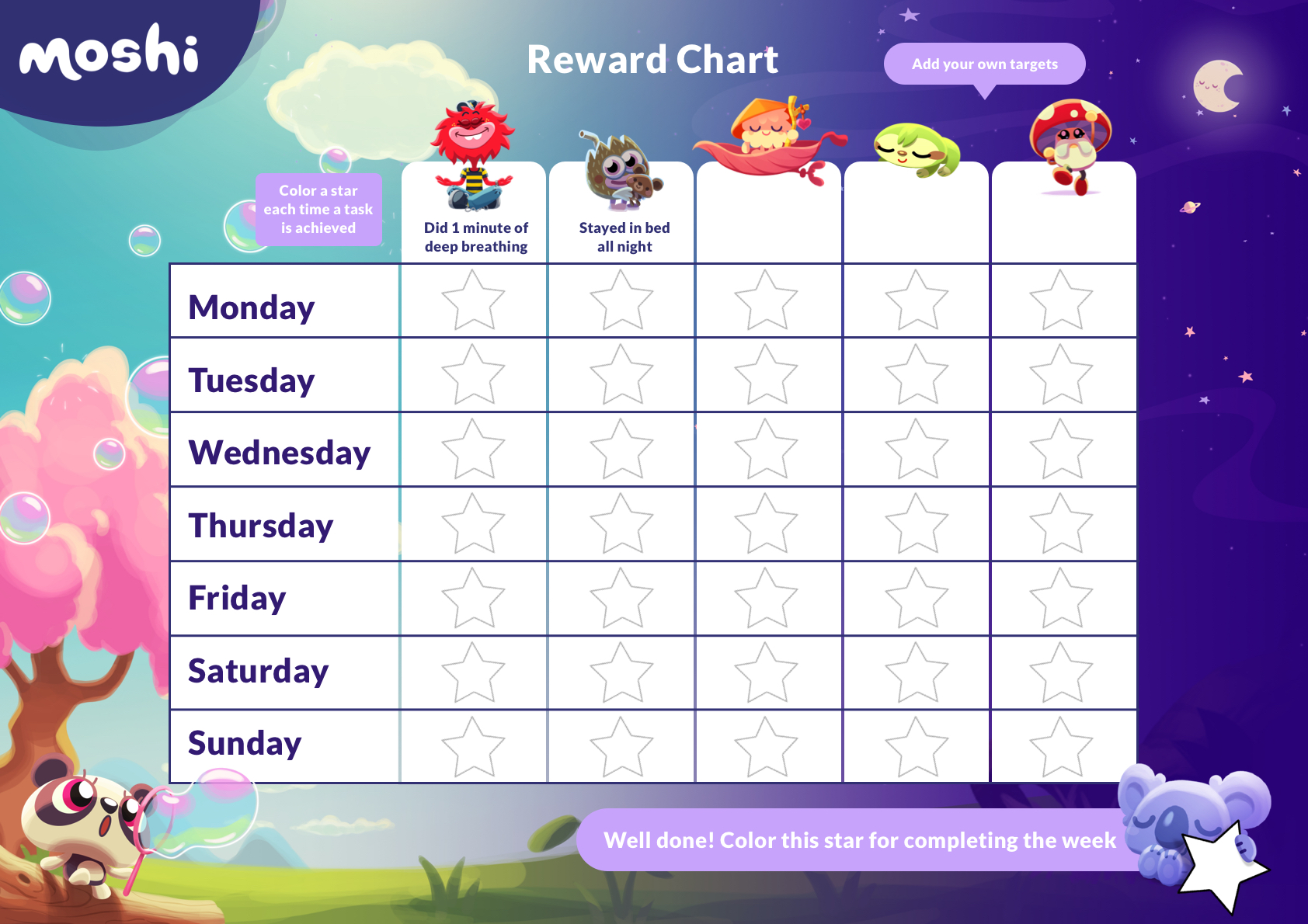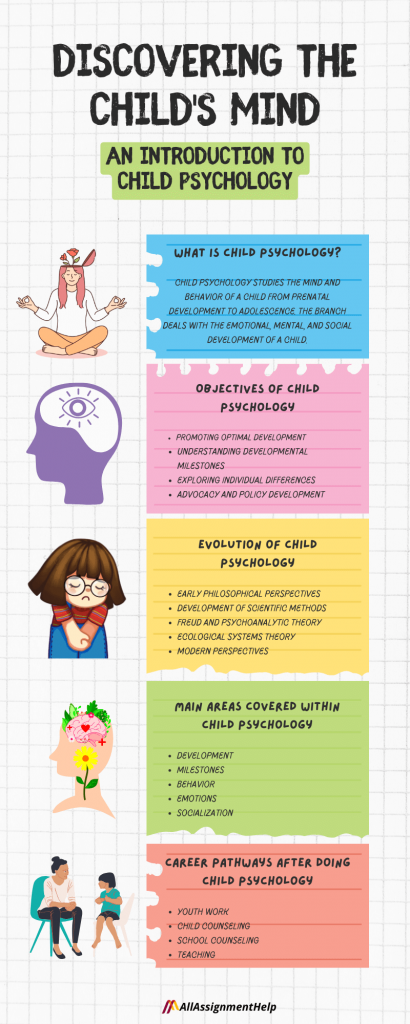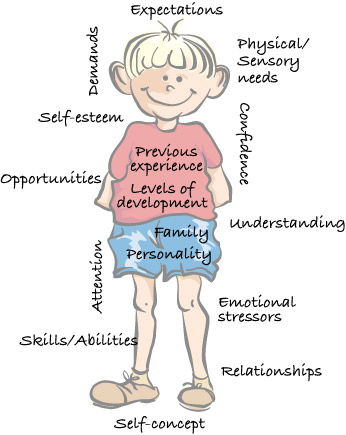Newborns should ride only in a fully reclined stroller seat, bassinet attachment, or an infant car seat attached to the stroller. For upright sitting, wait until your baby has strong head and neck control—often around 6 months[1]—and note that most babies sit without support by about 9 months[2][3].
Learn when baby can sit in a stroller, key developmental milestones, and tips for choosing the best stroller for your little one.
Many new parents ask, “When can baby sit in stroller safely?” A practical rule is to use a flat, reclined setup from birth and transition to the stroller’s upright seat once your baby demonstrates steady head and neck control—commonly around 6 months. The CDC places “sits without support” at the 9-month milestone for most babies[2], while WHO’s motor development study shows a typical window for sitting without support from about 3.8 to 9.2 months[3]. Remember: every baby develops at their own pace.
Readiness depends on head control, trunk strength, and overall stability—not just age. Always follow your stroller manufacturer’s minimum age/weight guidance and ask your pediatrician if you’re unsure[1].
Key Takeaways
- Most babies transition to an upright stroller seat around ~6 months, when strong head/neck control is present; “sits without support” is typically reached by 9 months.[1][2][3]
- Check for head control during tummy time—by about 4 months many babies can hold the head steady while you hold them, a sign they’re progressing toward stroller readiness.[2]
- Always use a five-point harness and never hang heavy bags from the handlebar to prevent tipping.[1]
When Can Baby Sit in Stroller: Key Developmental Milestones
Importance of Head and Neck Control
I noticed with my own baby how critical head and neck control is. It’s one of the earliest motor skills and underpins sitting, eating, and safely using a stroller seat. By around 4 months, many babies can hold their heads steady without support while you’re holding them[2]. That progress—plus growing trunk strength—signals you’re getting closer to using the stroller’s more upright positions.
Here’s a quick breakdown of how head control and sitting typically develop (updated to reflect CDC/WHO data):
| Milestone | Typical Age | Implication for Stroller Seat |
|---|---|---|
| Holds head steady without support (while held) | ~4 months (CDC) | Continue fully reclined; short trials of semi-recline with harness and close supervision.[2] |
| Developing trunk control; sits with support | ~6 months (varies) | Consider transitioning toward a more upright seat if manufacturer allows and baby shows stable head/neck control.[1] |
| Sits without support | Typically by 9 months (CDC); WHO window 3.8–9.2 months | Comfortably use upright stroller seat; continue five-point harness at all times.[2][3] |
So, if you’re wondering, “When can baby sit in stroller?”—head and trunk control are the key milestones to watch for.[1]
Signs of Postural Stability
Postural stability—your baby’s ability to keep their body steady while sitting or moving—matters. Babies ready for the stroller’s upright seat can usually sit with minimal wobbling and right themselves when slightly off-balance. Tools used by professionals (e.g., the Alberta Infant Motor Scale) help assess motor skills, but for parents, day-to-day observations and pediatric guidance are most practical. CDC and WHO sources above show why “ready” varies by child.[2][3]
Interest in Sitting Upright and Exploring
As curiosity blooms, babies enjoy sitting upright to see the world. The shift from full recline to semi-recline to upright should follow their stability—not a calendar date. If your baby seems eager to sit up, check that head control and balance are present first.[1]

How to Test If Your Baby Is Ready for a Stroller
Assessing Head and Neck Strength
Start with head and neck strength. Tummy time builds these muscles; place toys just out of reach to encourage lifting and turning. At about 4 months, many babies can hold their head steady while being held—an early green light toward semi-recline in the stroller[2]. If your baby struggles to hold their head up or tilts consistently to one side, discuss this with your pediatrician.

Some clinicians use structured tools to evaluate gross motor development; however, day-to-day observation and well-child visits are most important for families.[2]
Limit time in “containers” (swings, strollers, bouncers) so babies can move freely and practice skills—CDC specifically advises not keeping babies in these for too long.[2]
Observing Sitting Ability with Support
Try supported sitting on your lap or with pillows. Readiness looks like brief upright sitting with minimal wobble, righting reactions, and interest in reaching for toys. If your baby leans heavily or needs constant support, stick with a more reclined stroller setting a bit longer.
Trying a Reclined Stroller Seat
Before going fully upright, use a semi-reclined stroller position (if your model allows). For preterm infants, hospitals often perform a Car Seat Tolerance Screening before discharge to ensure babies tolerate semi-reclined car seats without breathing issues; this protocol underscores that very young or preterm babies may have cardiorespiratory instability in sitting devices.[6][7] Note: car seat screenings are about car travel, not strollers, and the AAP advises against routine sleep in sitting devices (including car seats and strollers).[4]
Choosing the Right Stroller for Your Baby
Adjustable Recline and Support Features
When I picked a stroller, adjustable recline and infant support were must-haves. For babies under six months, a flat recline or bassinet supports the head/neck; as control improves, you can gradually increase the seat angle (per your manual). See the AAP’s stroller buying tips for features to consider.[1]
Here’s a simple comparison of what different ages need:
| Age Group | Key Features | Notes |
|---|---|---|
| Infants (0–6 months) | Flat recline/bassinet; firm support; five-point harness | Use bassinet or fully reclining seat per manufacturer guidance; avoid routine sleep in sitting devices.[1][4] |
| Toddlers | Adjustable seat depth/recline; roomy leg space; robust harness | More storage helps on longer outings; prioritize easy folding and stability.[1] |
| Preschoolers | Durable wheels & suspension; extendable canopy; snack tray | Check weight/height limits and braking effectiveness.[1] |
If you’re asking, “When can baby sit in stroller?”—an adjustable recline keeps your baby comfy and safe as they grow.
Safety Features like a 5-Point Harness
Safety came first for me: I looked for a five-point harness (shoulders, hips, crotch) and easy-to-use brakes. The AAP also advises a wide base to reduce tipping and not hanging bags from the handlebar. Always secure your baby—every ride, every time.[1]

Quick safety checklist:
- Use the five-point harness—snug but not tight.[1]
- Use the foot/parking brake whenever stopped.[1]
- Choose a wide-base stroller and don’t hang heavy bags on the handlebar to prevent tipping.[1]
Comfort and Ease of Use
Smoother rides (good suspension), reclining seats for naps on the go (with supervision), and enough storage make outings easier. Remember, the AAP cautions against routine sleep in sitting devices; transfer your sleeping baby to a firm, flat sleep surface when you can.[4]
Safety Tips for Using a Stroller
Proper Use of the Harness
A five-point harness reduces fall and ejection risks. Buckle every time, check that buckles are secure yet child-resistant, and re-adjust the straps as your baby grows.[1]
Don’t miss: Jog with a regular stroller
Avoiding Overloading the Stroller
Overloading can cause tip-overs. A long-term U.S. analysis estimates an average of ~17,187 emergency-department visits per year for stroller/carrier injuries (1990–2010)—about two injuries every hour—with many head injuries and concussions reported.[5] Use the low storage basket for heavier items and keep handles clear.

Ensuring Supervision During Stroller Use
Never leave your child unattended in a stroller. Engage the brake when stopped, watch for uneven surfaces, and transfer sleeping babies to a safe, flat sleep surface as soon as practical.[1][4]
When can a baby sit in a stroller? It’s not only about age—it’s about readiness. Strong head control, stable trunk, and good balance keep babies safer and more comfortable.
What I’ve noticed:
- Strong head control prevents slouching and helps keep airways clear.
- Neck and back strength lowers injury risk in upright positions.
- Better balance helps babies stay upright with less tipping.
Pick a stroller that fits your baby’s current stage and trust your gut. When in doubt, check with your pediatrician.
Frequently Asked Questions
Can I use a stroller for my newborn?
Yes—use a fully reclined stroller seat or bassinet, or a compatible infant car seat on a stroller frame. Newborns need firm, flat support and a secure harness. Follow your manual and avoid routine sleep in sitting devices.[1][4]
How long should my baby stay in a stroller at a time?
There’s no strict time limit, but avoid prolonged restraint. Offer breaks so babies can move and play freely—CDC advises not keeping babies in swings, strollers, or bouncers for too long.[2]
What’s the best way to clean a stroller?
Use mild soap and water per your manual; spot-clean fabric and wipe frames/harnesses. Ensure buckles and brakes work properly after cleaning.[1]
Can a 4-month-old sit in a stroller?
At ~4 months many babies hold the head steady while being held, but most still need support. Use a fully reclined or semi-reclined setup with a five-point harness; wait for strong, consistent head/neck control before using an upright seat.[2][1]
When can a baby sit in a stroller without a car seat?
Typically once there is reliable head and trunk control—often around 6 months—and your stroller seat’s minimum age/weight are met. Most babies sit without support by about 9 months.[1][2][3]
When can a baby move from bassinet to stroller seat?
Often between 3–6 months if the stroller seat can remain well-reclined and your baby shows steady head control. Use the fully upright seat once head/neck control is strong (commonly around 6 months). Follow your manual and ask your pediatrician if unsure.[1][2]
Can I put my 2-month-old in a regular stroller?
Yes, only if the seat fully reclines flat (or you use a compatible infant car seat/bassinet). Ensure proper head/neck support and always secure the harness. Avoid routine sleep in sitting devices and monitor closely.[1][4]
When can I jog with my baby?
Follow your jogging stroller’s manual; many manufacturers recommend waiting until 6–8 months (or later) and only when head/neck control is strong. Use a wrist strap and harness, and start on smooth surfaces.[1] [8]
Conclusion
Knowing when your baby is ready to sit in a stroller is about milestones, not just months. Use fully reclined options from birth, move toward upright around 6 months when head/neck control is steady, and expect unsupported sitting by about 9 months. Keep safety first with a five-point harness, proper brakes, and smart loading—and when in doubt, ask your pediatrician.[1][2][3]
References
- American Academy of Pediatrics. “How to Choose a Safe Baby Stroller.” HealthyChildren.org. Last updated Aug 11, 2022; accessed 2025-10-11.
- CDC. “Milestone Moments” Booklet (2025). Sits without support listed at the 9-month milestone; advisories to avoid prolonged time in strollers/containers.
- WHO MGRS. “Windows of achievement for six gross motor milestones” table. Sitting without support window: 3.8–9.2 months.
- American Academy of Pediatrics. “Safe Sleep” (accessed 2025-10-11). Advises against routine sleep in sitting devices (e.g., car seats, strollers).
- Nationwide Children’s Hospital. “Two injuries every hour in the U.S. from strollers and carriers” (2016). Reports ~17,187 ED visits/year (1990–2010) and high proportion of head injuries/TBIs.
- NHTSA. “Hospital Discharge Recommendations for Safe Transportation of Children” (references AAP Car Seat Tolerance Screening for preterm/LBW infants).
- AAP Journal Blog (2020). “Car Seat Challenges …” — reiterates AAP recommendation that all preterm infants be screened prior to discharge.
- BOB Gear. “Safety Standards” (manufacturer guidance; many jogging strollers advise waiting until ~8 months for running).








5 thoughts on “Wondering When Can Baby Sit in Stroller? The Surprising Answer!”